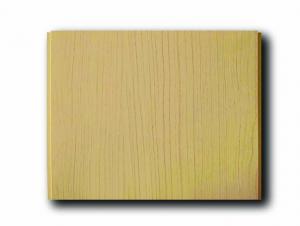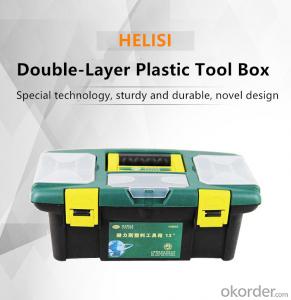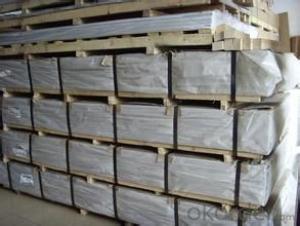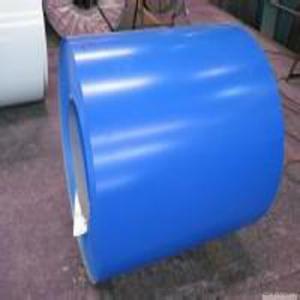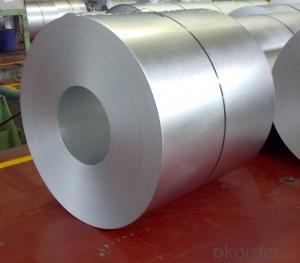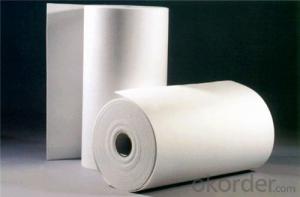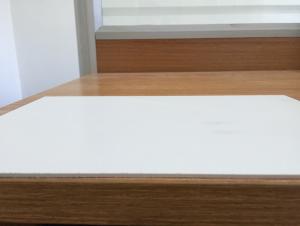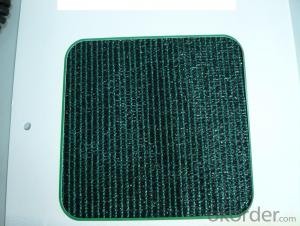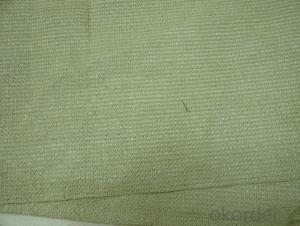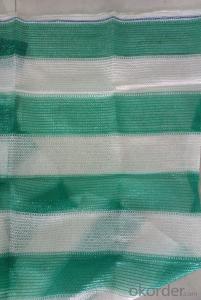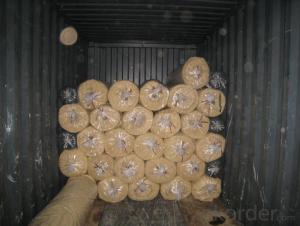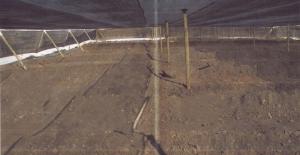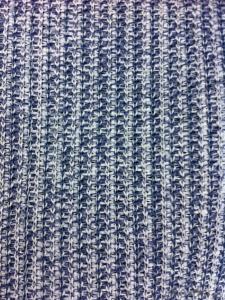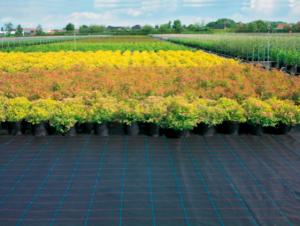Blue Plastic Sheet Roll
Blue Plastic Sheet Roll Related Searches
Best Stainless Steel For Knives Primer For Galvanized Steel H S Code For Stainless Steel Wd 40 For Stainless Steel Spray Paint For Stainless Steel Glue For Stainless Steel Drill Bits For Stainless Steel Spray For Stainless Steel Welder For Stainless Steel Magnets For Stainless SteelHot Searches
Pvc Chairs For Sale Plastic Roof Tiles For Sale Heavy Duty Plastic Chairs For Sale Plastic Sheets For Sale Fiber Sheet Price In India Gypsum Board Price Per Sheet In India pvc pipe manufacturers in usa Stainless Steel Sheet Near Me Plastic Fiber Sheet Price Upvc Roofing Sheet Manufacturer In India China Pvc Geomembrane China Geomembrane Roll Sheet Pvc Roofing Sheets Price India Pvc Roofing Sheets Price 5 8 Type X Gypsum Board Price Gypsum Board Price Per Sheet pvc resin price index Lasani Wood Sheet Price Rhino Roofing Sheet Price List Tinplate Sheet PriceBlue Plastic Sheet Roll Supplier & Manufacturer from China
Okorder.com is a professional Blue Plastic Sheet Roll supplier & manufacturer, offers integrated one-stop services including real-time quoting and online cargo tracking. We are funded by CNBM Group, a Fortune 500 enterprise and the largest Blue Plastic Sheet Roll firm in China.Hot Products
FAQ
- No, plastic nets are not suitable for ventilation purposes as they do not allow sufficient air flow due to their dense and non-porous nature.
- Plastic nets are commonly used in landscaping to provide support and structure for various plants and trees. They help in preventing erosion by holding the soil in place, reducing the risk of landslides or soil movement. Additionally, plastic nets can be used as a protective barrier against animals and pests, ensuring the plants remain undisturbed. They also aid in guiding plant growth and training, allowing for a more organized and aesthetically pleasing landscape.
- Plastic nets can be suitable for packaging pet supplies, as they provide a lightweight and breathable solution that allows for easy visibility and access to the products. However, it is important to consider the specific requirements of the pet supplies being packaged and ensure that the plastic net provides adequate protection and containment.
- No, plastic nets are not typically resistant to high temperatures and can melt or deform when exposed to extreme heat.
- Yes, plastic nets can be used for creating decorative items. They are versatile and can be easily shaped and manipulated into various designs, making them suitable for creating unique decorative pieces such as wall hangings, lamp shades, or even sculptures.
- Plastic nets help in water filtration by trapping and removing larger debris and contaminants from water sources. The nets act as a physical barrier, preventing the entry of large particles such as leaves, twigs, or plastic waste into the filtration system. This helps to enhance the efficiency and effectiveness of the filtration process, ensuring cleaner and safer water output.







